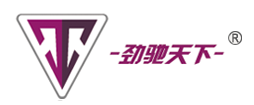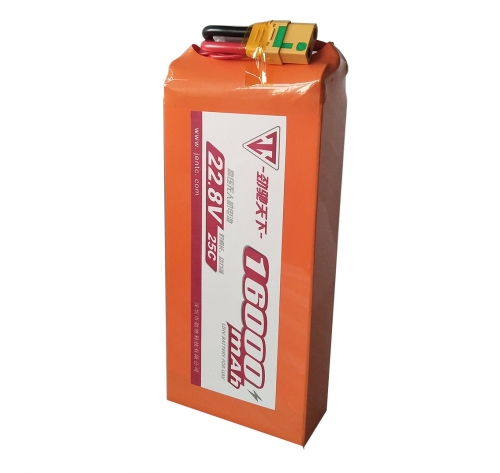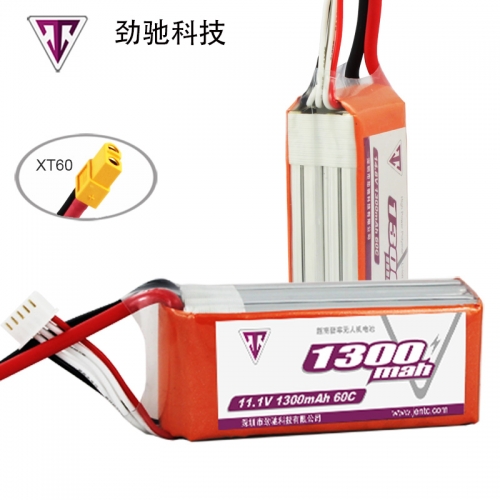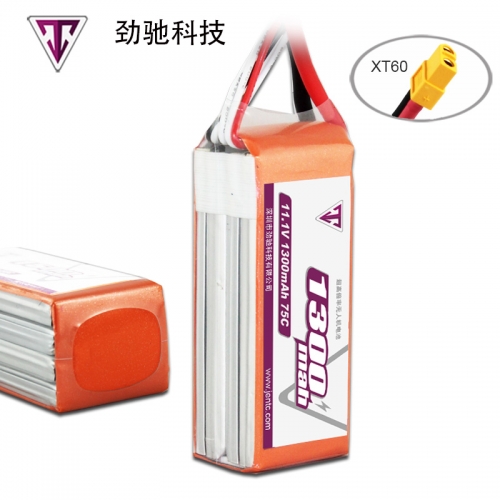Shenzhen drone battery disassembly and charging
Recently, regarding the Shenzhen drone battery problem, such as DJI drone battery disassembly and charging, the editor of Geshi Battery also personally tested and disassembled it, did a simple experiment, and came up with some personal opinions and views, which are only for the reference of friends who use DJI drone batteries.
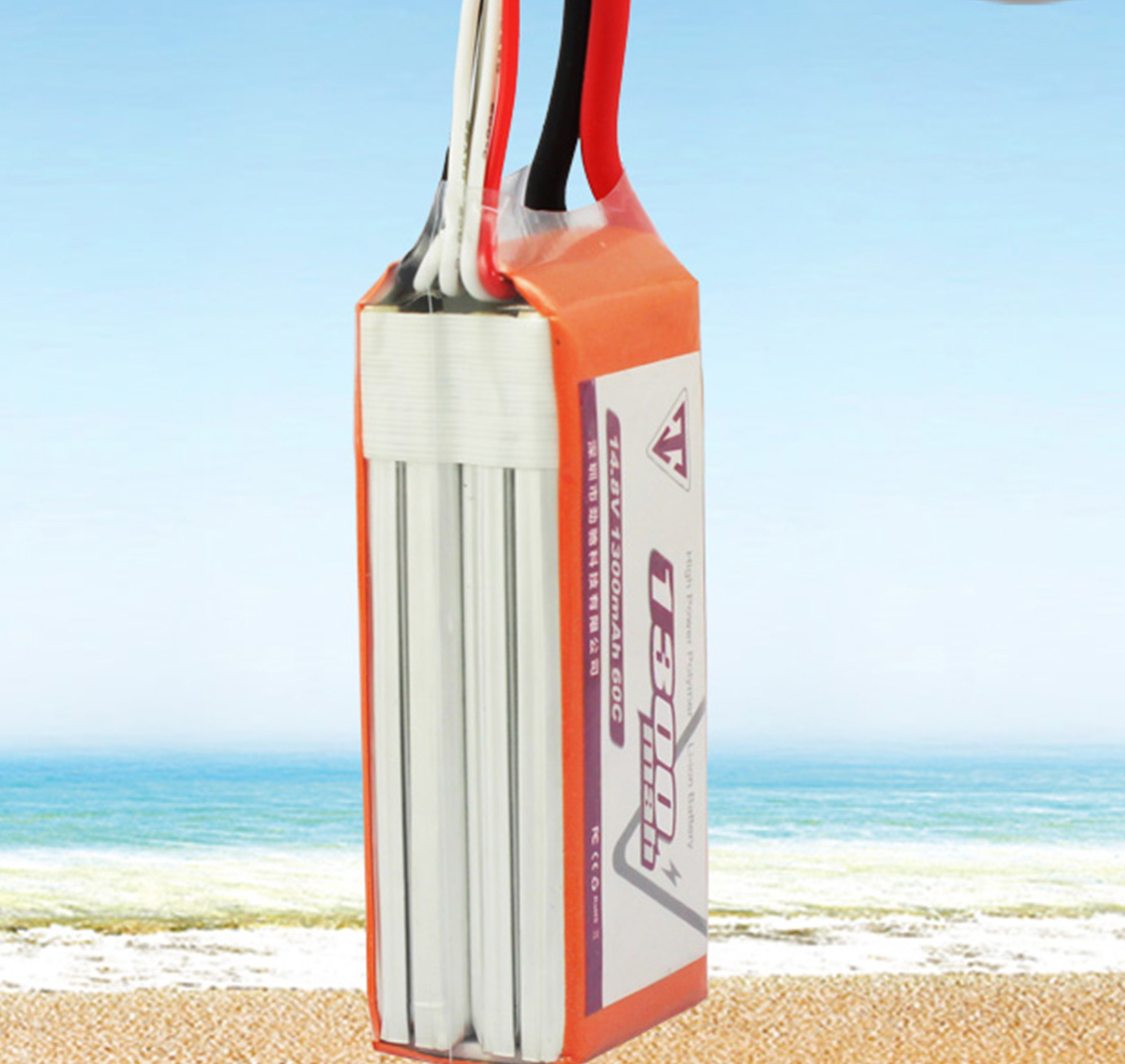
1. Shenzhen UAV battery disassembly
Here we have a DJI drone battery internal components structure, but first, let us clearly understand the size of the battery.
Of course, like any other DJI product, it uses an intelligent flight battery. Inside are three ATL3.8V power polymers connected in series, weighing 238 grams, with switchable output. Press once, then hold for two seconds to have output, repeat once to turn off the output.
The battery connection is spot welded with PCB, the output line is 14AWG, the blue glue on the board is for waterproofing, and some are not brushed. DJI's APP can identify the voltage of each battery, which is the voltage of a single battery cell.
In addition, I have several sub-par batteries. By disassembling the DJI drone battery, I intend to do an internal resistance test to see if there are good batteries inside, so as to make a good drone battery from it.
Each half has a small groove/slot where they fit together. I had to take the DJI drone battery apart and the connector got stuck inside the battery case when I was pretty hard putting the battery into the connector of the cheap charger I was trying. The dual charger fit every battery except that one. There is a clip near the end of the connector, but when I started to separate I just pried the battery apart with a screwdriver. I held the connector in place - and then held it in the slot again - but I think I will use this connector for stable operation. However, it turns out that the balance connection is actually pushed into the case so I might be able to glue it together and use it, because the red/black power connection is a more secure connection, and more plastic surrounds the inner part of the battery case itself.
However, it turns out that the balance connection is actually pushed into the case so I might be able to glue it together and use it, because the red/black power connection is a more secure connection, and more plastic surrounds the inner part of the battery case itself. But due to a lot of factors, I encountered a problem that I don't understand, and through some simple testing, I am not sure whether the battery can be used stably. But this is to be studied, and I will continue to update this kind of content in the future.
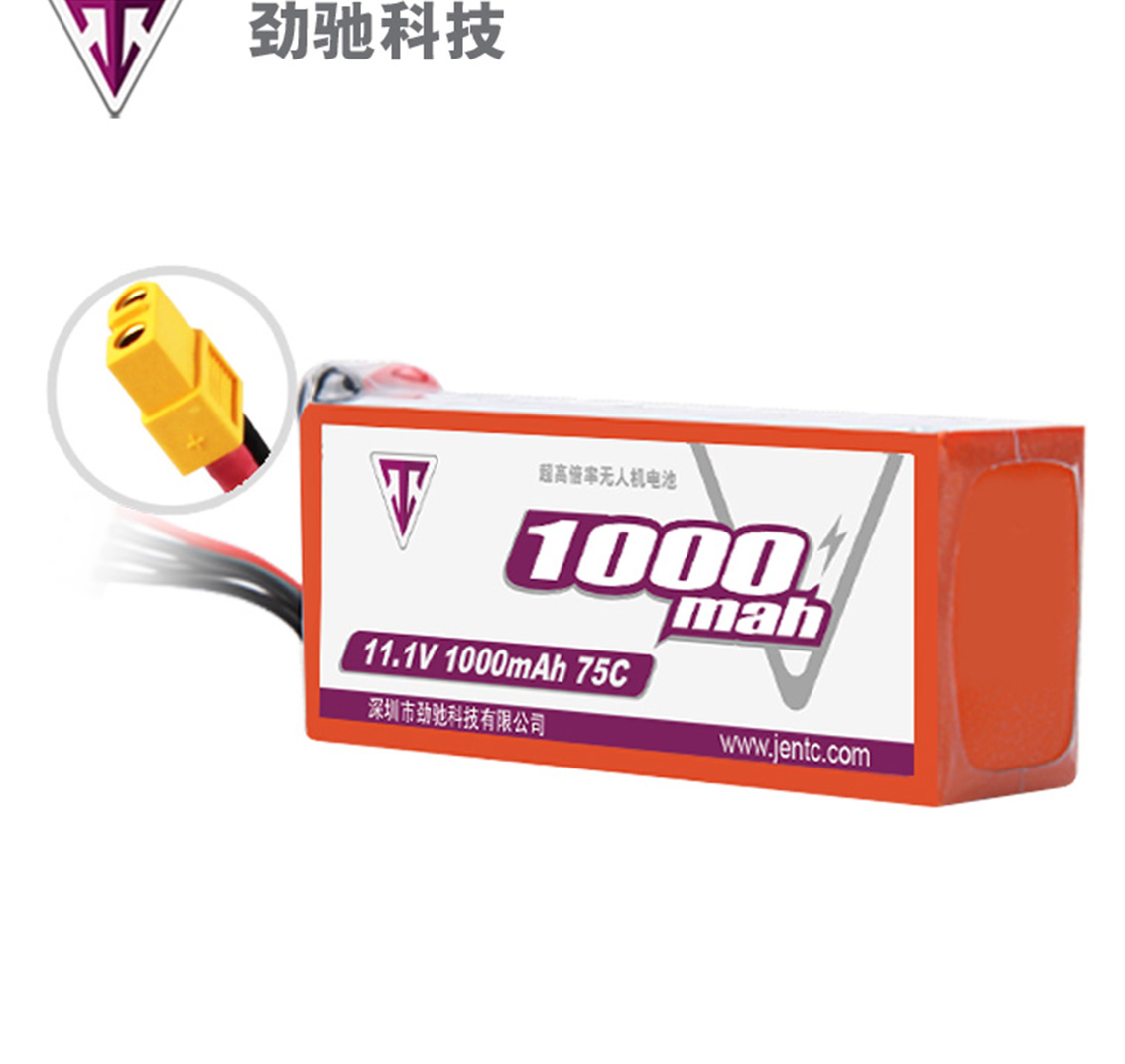
The above is the editor's personal disassembly of the Shenzhen drone and some of the results.
2. Shenzhen drone battery charging
Then about Shenzhen drone battery charging, the editor also said his own opinion
As drones become more common and more complex, smart batteries and advanced connectors will enable less sophisticated everyday consumers to safely and effectively charge DJI drone batteries.
It is important to use smart batteries for drones because they allow everyday consumers to safely charge drone batteries using simple charging devices. Smart batteries have integrated electronics that self-balance the load of lithium polymer (LiPo) cells in the battery. Standard (non-smart) LiPo batteries require a special charger that provides load balancing during charging. If the battery load is not properly balanced, thermal events can occur. Smart batteries allow the average consumer to carry a drone charger with them and plug it into a wall outlet – just like charging a phone. Ultimately it will just be a matter of knowing how to charge a drone battery, keeping it safe and effective for the user.

